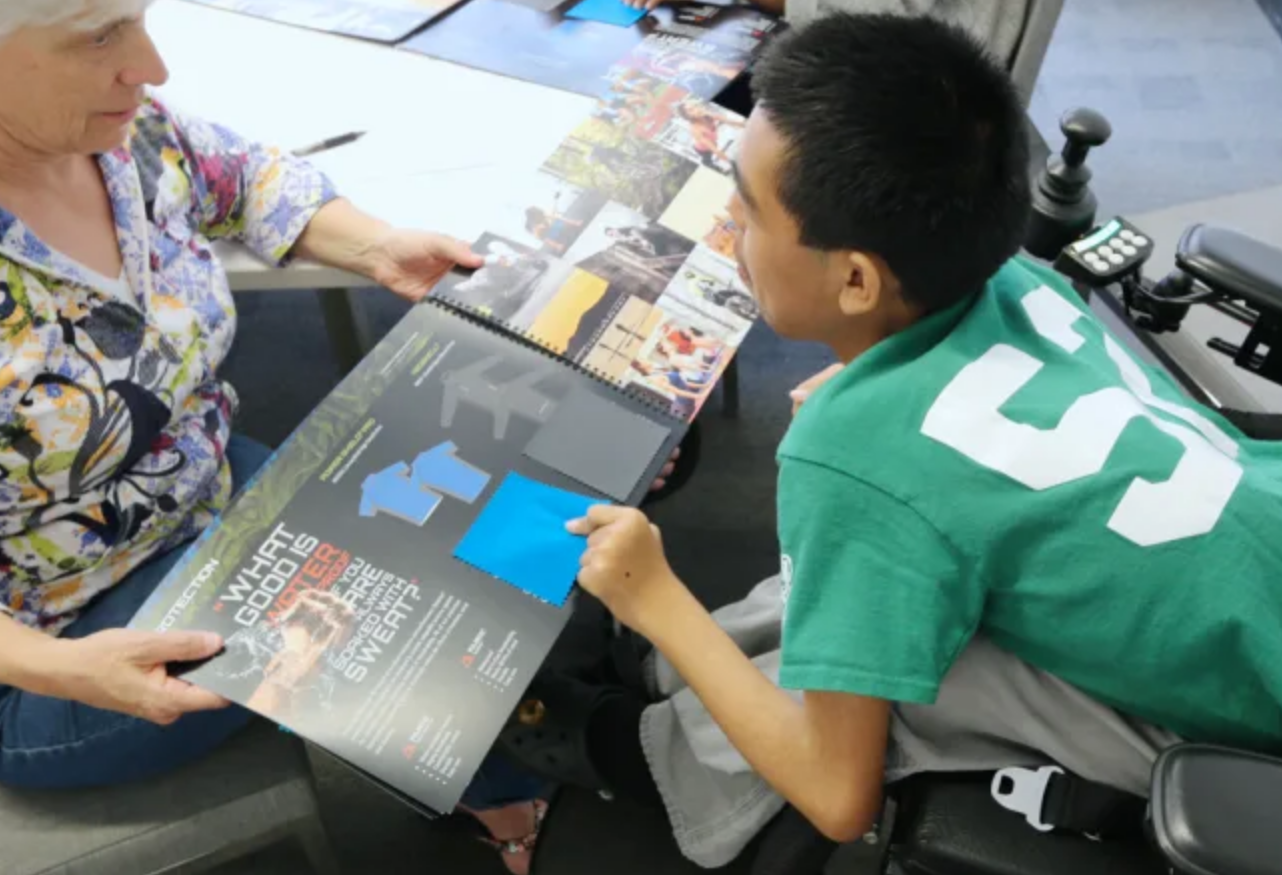Strategies for engaging the disability community

“Nothing about us, without us” is a principle that underscores the importance of including disabled people in shaping initiatives that impact their lives directly. When we are involved from the start, outcomes are more inclusive, equitable, and ultimately more successful.
This blog explores strategies for engaging the disability community, rooted in the principles of co-creation, and actionable steps that organizations can take to improve accessibility and foster long-term relationships.
Demographics of disability
Globally, according to the World Health Organization, over 1.3 billion people—or 16% of the population—live with some form of disability. But people with disabilities have families and communities who are more likely to purchase accessible products and experiences – 53% of the global population is impacted by disability. The financial impact is striking: according to an analysis by the Valuable 500, the disability market represents $8 trillion USD annually.
The disability community is growing, fueled by an aging population and evolving definitions of mental health. Organizations that meaningfully engage with this population will tap into a vast and underserved market while setting new standards for inclusion.
Principles of co-creation
Co-creation is a collaborative approach to design – working with your users from the beginning to build solutions that meet their needs. These principles should guide your approach:
- Collaborate with Intent: Engage the disability community purposefully, ensuring their input drives your work.
- Recognize Exclusion: Let the community identify barriers, visible and invisible, and prioritize solutions together.
- Value Lived Experiences: Disabled people are experts in their own lives. Trust their insights and compensate them for what you’re asking them to provide: expertise.
- Design Early: Building accessibility from the outset is most effective and cost-efficient.
- Commit to Continuous Learning: Accessibility is an ongoing journey, evolving as technology and needs change.
Co-creation examples
With so many compelling examples to choose from, these two are among my favourite co-creation stories. Co-creation is not an afterthought—it’s the foundation of truly inclusive innovation.
Tech: Leafi Home
When incubating the idea for the Nova, a controller for automating window blinds, a wheelchair user shared the difficulty of adjusting window blinds with Leafi Home’s founder. Partnering with BC-based Technology for Living, they refined the design with features like well-placed charging ports and adaptive switch support—directly shaped by user feedback.
Fashion: Open Style Lab
In 2019, Open Style Lab (OSL) and the Initiative for Women with Disabilities brought together engineers, designers, and teenage girls with disabilities to develop a kit for modifying clothing. They tackled real-world barriers like hard-to-reach zippers and closures, creating tools that enabled independence while keeping fashion in focus. OSL has influenced inclusive fashion designs from brands like Nike and Tommy Adaptive.
To learn more about Open Style Lab, watch their feature in Target’s documentary, Design for All.
These organizations prove that designing with disabled users from the start results in better, more personalized experiences for everyone.
Actionable recommendations
Ready to engage meaningfully with the disability community? Here are three actionable steps to get started:
- Establish an Accessibility Committee or Advisory Board
Include disabled people in leadership roles to shape policy and influence decisions. - Develop an Accessibility Plan with Co-Creation Opportunities
Create a roadmap for accessibility, integrating community collaboration early and often. - Host a Hackathon or Ideation Session
Invite disabled stakeholders, designers, and innovators to brainstorm solutions. Remember, hackathons aren’t just for engineers—anyone can contribute ideas!
Conclusion
Engaging with the disability community is a strategic opportunity. By embedding these principles into your organization – collaborating intentionally, valuing lived experiences, and embracing continuous learning – you can lead the way in fostering inclusion and building lasting relationships.
Now is the time to act—embrace co-creation and make inclusion the foundation of your work.
Sean Marihugh (he/him) is a writer and accessibility consultant with over a decade of experience, including at Microsoft. Living with muscular dystrophy, he channels his passion for accessibility, technology, and adaptive sports into his work.
